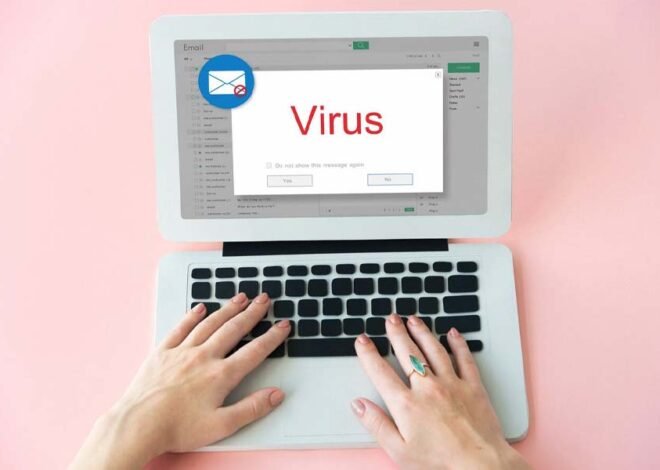
How to Fix Common Windows Update Errors
Windows updates are essential for keeping your system secure and running smoothly. However, it’s not uncommon to encounter errors during the update process, especially in Windows 11. These errors can be frustrating, but they are often fixable with the right approach. This guide will walk you through common Windows update errors and how to resolve them.
1. Identify the Error Code
- Overview: The first step in fixing Windows update errors is identifying the specific error code. Windows typically provides an error code when an update fails. Make note of this code as it will help you find the most relevant solution.
- Common Error Codes:
- 0x80070002: File not found.
- 0x80070003: Path not found.
- 0x800F0922: Installation failure.
2. Run the Windows Update Troubleshooter
- Overview: Windows 11 includes a built-in troubleshooter that can automatically detect and fix many update-related issues.
- Steps:
- Go to Settings > System > Troubleshoot > Other troubleshooters.
- Find Windows Update and click Run.
- Follow the on-screen instructions to resolve the issue.
3. Free Up Disk Space
- Overview: Lack of disk space can prevent Windows updates from installing. Ensuring adequate space can help resolve update errors.
- Steps:
- Delete unnecessary files or move them to an external drive.
- Use Disk Cleanup to remove temporary files and system junk.
- Consider uninstalling unused programs.
4. Reset Windows Update Components
- Overview: Corrupted Windows Update components can cause errors. Resetting these components can often fix the problem.
- Steps:
- Open Command Prompt as an administrator.
- Run the following commands one by one:
net stop wuauservnet stop bitsnet stop cryptsvcren C:\Windows\SoftwareDistribution SoftwareDistribution.oldren C:\Windows\System32\catroot2 catroot2.oldnet start wuauservnet start bitsnet start cryptsvc
5. Check System Files
- Overview: Corrupted system files can also cause update failures. Running a System File Checker (SFC) scan can help detect and repair these files.
- Steps:
- Open Command Prompt as an administrator.
- Type
sfc /scannowand press Enter. - Allow the scan to complete and follow any on-screen instructions.
6. Manually Install the Update
- Overview: If automatic updates fail, manually downloading and installing the update from the Microsoft Update Catalog might be necessary.
- Steps:
- Visit the Microsoft Update Catalog.
- Search for the update using the KB number.
- Download and install the update manually.
7. Perform a Clean Boot
- Overview: Conflicting software can interfere with Windows updates. Performing a clean boot can help identify and resolve these conflicts.
- Steps:
- Press
Win + R, typemsconfig, and press Enter. - Under the Services tab, check Hide all Microsoft services and then click Disable all.
- Under the Startup tab, click Open Task Manager and disable all startup items.
- Restart your computer and try updating again.
- Press
8. Check for Driver Updates
- Overview: Outdated or incompatible drivers can cause update errors. Ensure all your drivers are up to date.
- Steps:
- Go to Device Manager.
- Right-click on each device and select Update driver.
- Follow the prompts to install any available updates.
Windows update errors can be a hassle, but with these troubleshooting steps, you can often resolve the issues and keep your system up to date. Regularly maintaining your system and addressing any update issues promptly will ensure that your Windows 11 experience remains smooth and secure.



